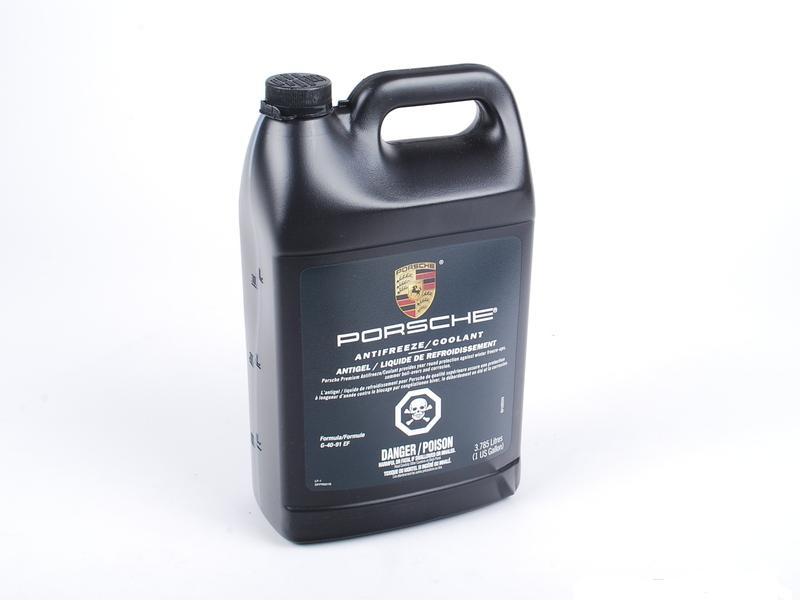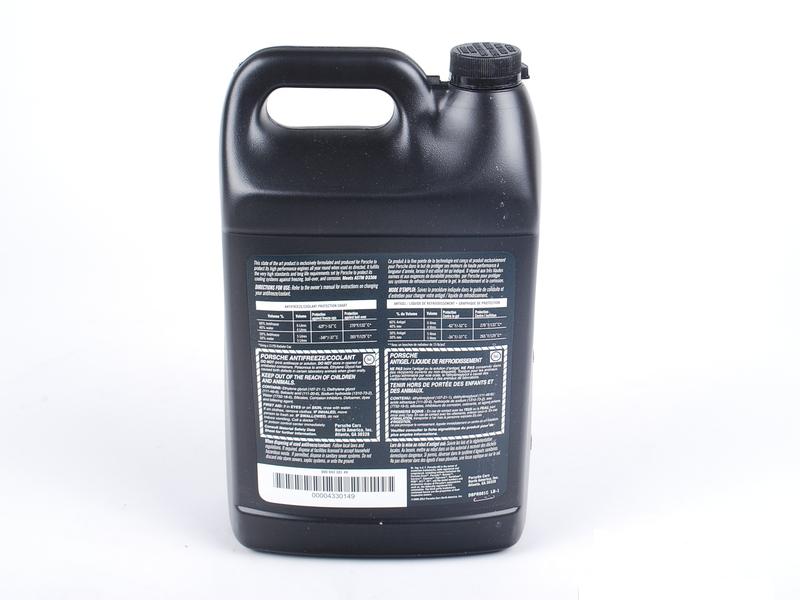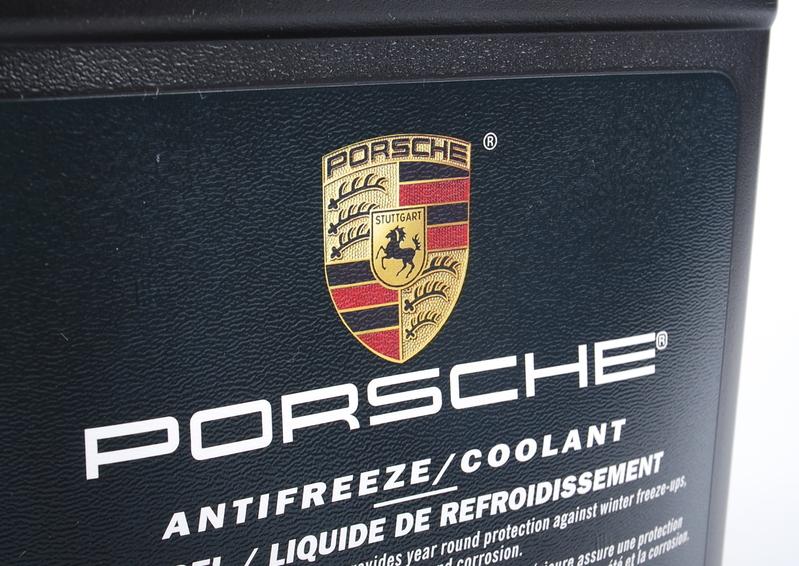





Peter--
I live in SoCal and face the same conditions as you. Here's what's worked well
for me so far:
-- Flush the old coolant out completely, including the lower galley drains in
the block. Follow Glen's advice about leaving the cap on while draining the
block. Follow the draining with a fresh water flush until all the draining fluid
runs clear. To get the block flushed you may want to pull the radiator end of
the top hose and rotate it at the engine end so it faces up. Use your garden
hose to put water into that top hose, and the water will push through the block
to get the galleys flushed.
-- Consider the age of the coolant hoses. If they are more than ten years old,
you'll want to replace them. Originals are 15 years old now, so if
there are original bits still on the car they are past due for replacement.
Besides the two big hoses, there are hoses between the block and the heater
valve, the heater valve and the heater core, the heater core and the reservoir,
the reservoir and the steel transfer pipe on the fenderwell, the transfer pipe
to the front of the block. There are two vent hoses, one from the front of the
block to the reservoir and another from the top of the radiator to the
reservoir. Call Jim at 928 International with your shopping list, and ask him if
I missed anything. :)
-- There's a pressure safety switch in the vent line, just forward of the
reservoir under the edge of the fender lip. Known failure point.
-- The heater control valves are known to leak internally when they age. This
allows hot fluid to bleed through the heater core, adding to the AC load. OK on
the real cold days that we never see in SoCal, bad the rest of the time. Replace
the valve.
-- Replace the reservoir cap.
-- Get the aluminum seal washers for the galley drains.
-- Use pipe sealant paste, the white stuff, on the threads of the drain bolts
when you replace them. Hardware store item if you don't have some already. The
bolts don't take a lot of torque to seal that way, and you'll have an easier
time getting them out in the future.
-- Replace the plastic drain plug in the bottom of the radiator tank. Cheap
part, new one comes with a new o-ring already installed. Tighten gently, just
enough to get the o-ring seated. Plastic plug into the plastic end tank, so be
very gentle.
-- I've had good results from the Zerex G-05 spec coolant, commonly available at
the local parts places. Get 1 to 2 gallons.
-- Grab 4 gallons of distilled water from the supermarket.
-- Grab at least 1 bottle of Water Wetter when you are at the parts place. Per
the Water Wetter dosage recommendation, we should use somewhere around a bottle
and a half based on our total system capacity.
1.5 Gallons of coolant yields somewhere around 40% dilution, which is fine for
our non-freezing climate. With the Water Wetter for water pump
lubrication and distilled water for no mineral contamination, I usually use just
one gallon (about 25% concentration) and have very good results. Besides the
water pump lube, the Water Wetter improves the heat transfer noticeably, and is
a very worthwhile investment in system performance. Coolant and Water Wetter go
in first, top off with distilled water. If you park the car on a slope with the
nose high, you'll find it easier to 'burp' air out of the high spots. Keep an
eye on reservoir levels for a few days and top up as needed. Watch for any
leaks, of course.
We are due soon to have a coolant change clinic soon here in Glendale. I'll post
a notice here when that comes up. Likely to be before mid July, if only because
it's too hot to work on cars if we wait into late July and August.
dr bob
'89 S4